Selection of the most interesting space news for breakfast: ESA will build a space interceptor, China plans experiments on energy transfer from space, Ingenuity will receive a patch, and a meteorite landed in the James Webb telescope.
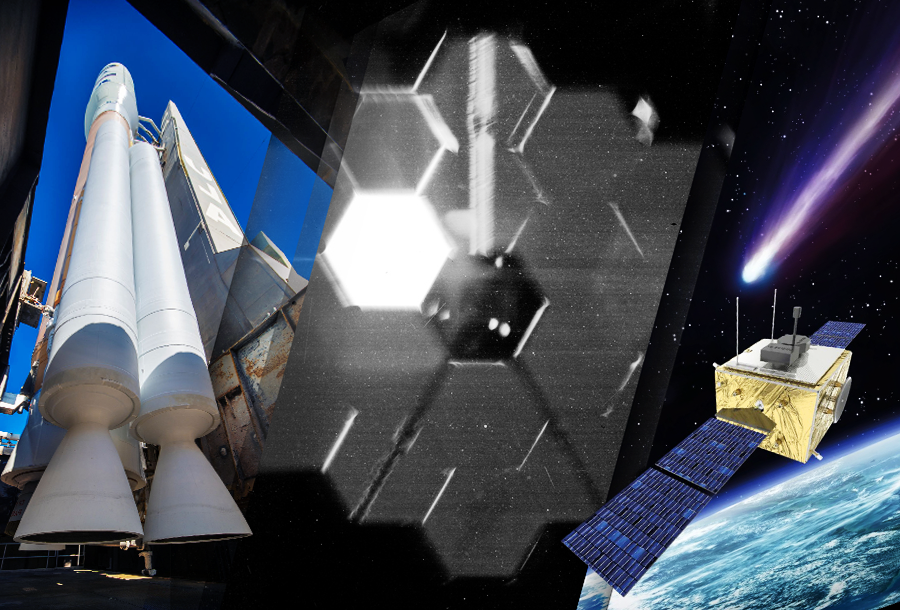
- ESA approved the construction of a Comet Interceptor
- Northrop Grumman receives a two-billion-dollar contract
- SpaceX launches Egyptian satellite
- China plans to build a space power plant
- SpaceX to launch Globalstar satellite
- Satellites of the BeiDou system will receive new software
- Biden wished Elon Musk good luck in flying to the Moon
- NASA patches Ingenuity Helicopter Drone
- Micrometeorite hit the James Webb mirror
ESA approved the construction of a Comet Interceptor
The European Space Agency (ESA) has officially approved the construction of the Comet Interceptor spacecraft. The project will be implemented jointly with the Japanese Aerospace Agency. Comet Interceptor will be launched to the L2 Lagrange point of the Sun—Earth system at a distance of 1.5 million km from Earth. There it will be waiting for the visit of an “untouched” comet — an icy object from the Kuiper Belt or the Oort cloud, which visits the inner region of the Solar System for the first time. The launch of the mission is scheduled for 2029.
Market News
Northrop Grumman receives a two-billion-dollar contract
Northrop Grumman has announced the receipt of a contract worth over two billion dollars from the launch operator ULA. Under the terms of the agreement, Northrop Grumman will produce over 75 solid-fuel accelerators per year — mainly the GEM 63XL model. They will be used on Atlas V and Vulcan rockets.
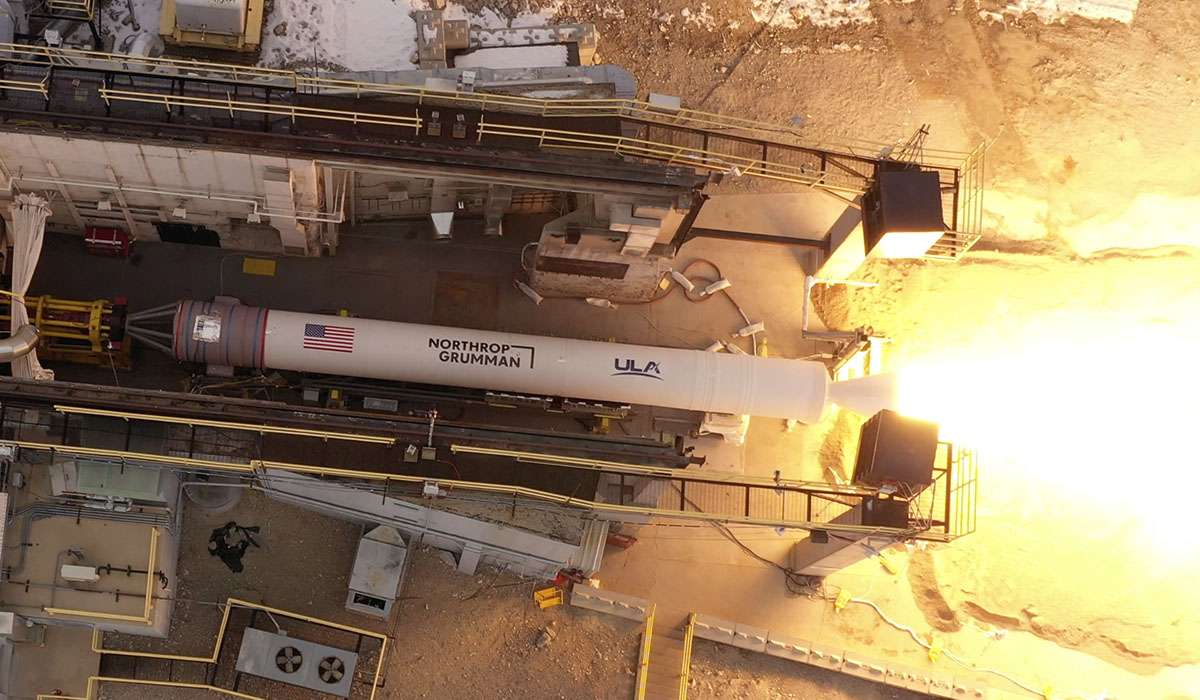
This is how much a significant number of solid-fuel accelerators will be required to ensure the recently concluded “deal of the century” with Amazon companies. It ordered 38 Vulcan rockets from ULA (and nine Atlas V rockets before that). These carriers will be required for the deployment of the Kuiper global satellite Internet system designed by the company.
SpaceX launches Egyptian satellite
SpaceX has successfully launched the Egyptian geostationary communications satellite Nilesat 301 into a given orbit. The 4.1-ton vehicle is designed to serve the Middle East, North and East Africa, as well as Sudan.
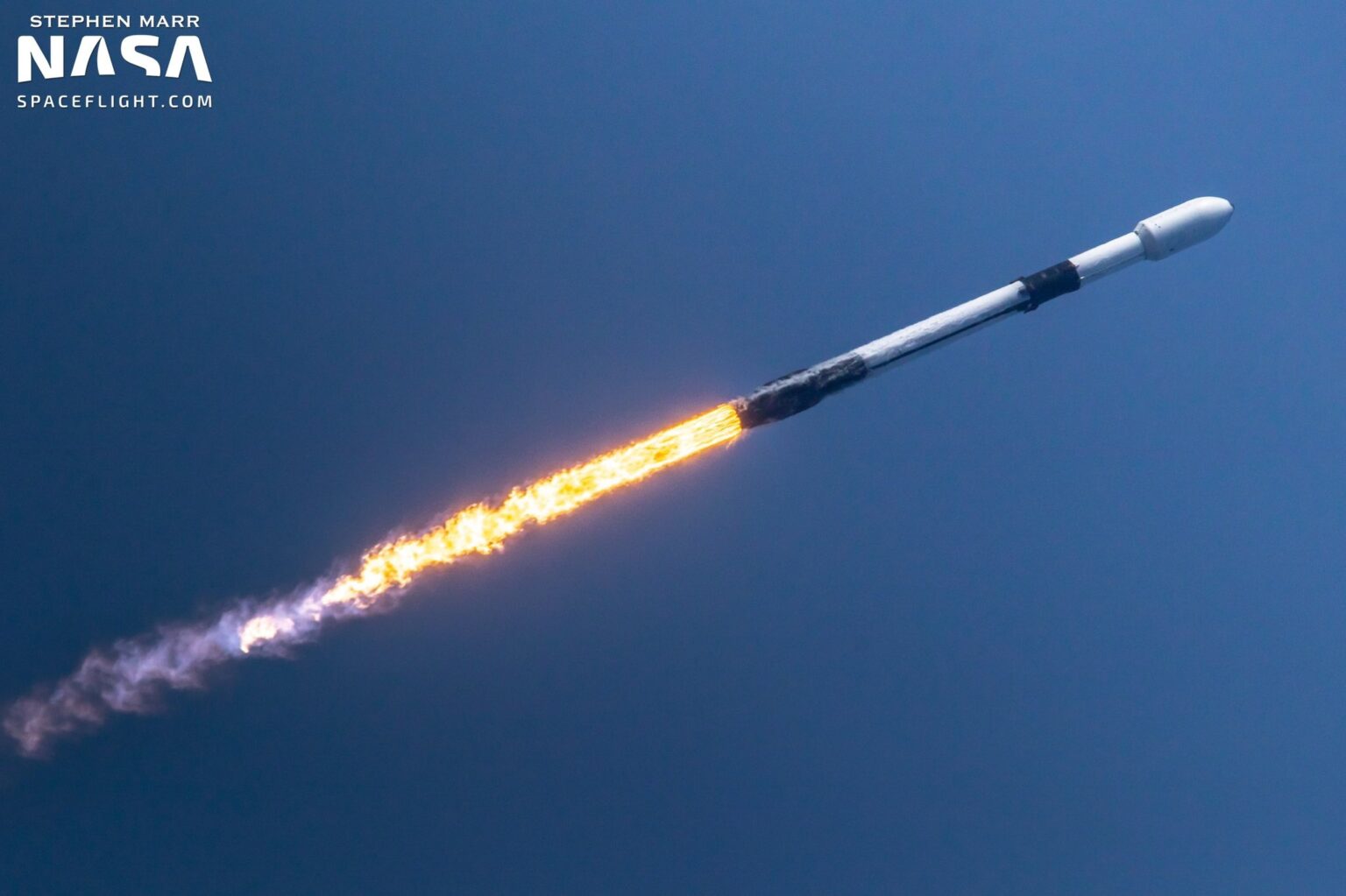
The first stage with the tail number B1062 was used to launch the Nilesat 301. For it, it was already the seventh flight into space. After separation, the stage made a successful landing on a barge in the Atlantic Ocean. The last launch was SpaceX’s 23rd space mission in 2022.
China plans to build a space power plant
China is going to conduct a series of tests to create solar power plants capable of transmitting energy to Earth from space. The first tests are scheduled for 2028. A satellite in low Earth orbit capable of generating up to 10 kilowatts of energy will be used for them. The second phase of the test will take place in 2030. It involves a geostationary satellite capable of generating 1 megawatt.
If these tests are successful, China plans to create much more powerful space power plants capable of generating 10 megawatts and 2 gigawatts. Their launch is approximately scheduled for 2035 and 2050.
SpaceX to launch Globalstar satellite
According to a number of sources, SpaceX will launch the Globalstar FM 15 spacecraft into orbit at the end of June. It will be the first Globalstar spacecraft launched since 2013.
Globalstar FM15 is a second-generation backup repeater satellite that was built back in the last decade. It will strengthen the company’s existing orbital grouping, providing data transmission for satellite phones, asset tracking and internet-of-things applications.
Satellites of the BeiDou system will receive new software
The China Satellite Navigation System Administration has announced its intention to update the software of thirty Beidou satellites. The operation will be carried out from June to October 2022. It is expected that the update will improve the quality and accuracy of the system.
Interesting
Biden wished Elon Musk good luck in flying to the Moon
During a press conference at the White House, US President Joe Biden was asked about his attitude to Elon Musk and his impact on the country’s economy. The question is related to a recent report that Tesla is stopping hiring workers and will reduce staff by 10% due to Musk’s “very bad feeling” about the economy. President Joe Biden commented: “I wish him lots of luck on his journey to the Moon”. In turn, Musk left the following message on his Twitter account: “Thank you, Mr. President.”
NASA patches Ingenuity Helicopter Drone
The Ingenuity helicopter located on Mars found a failure of the inclinometer, a sensor that measures the angle of inclination of the device. It is used for pre-flight configuration of the drone systems before its takeoff.
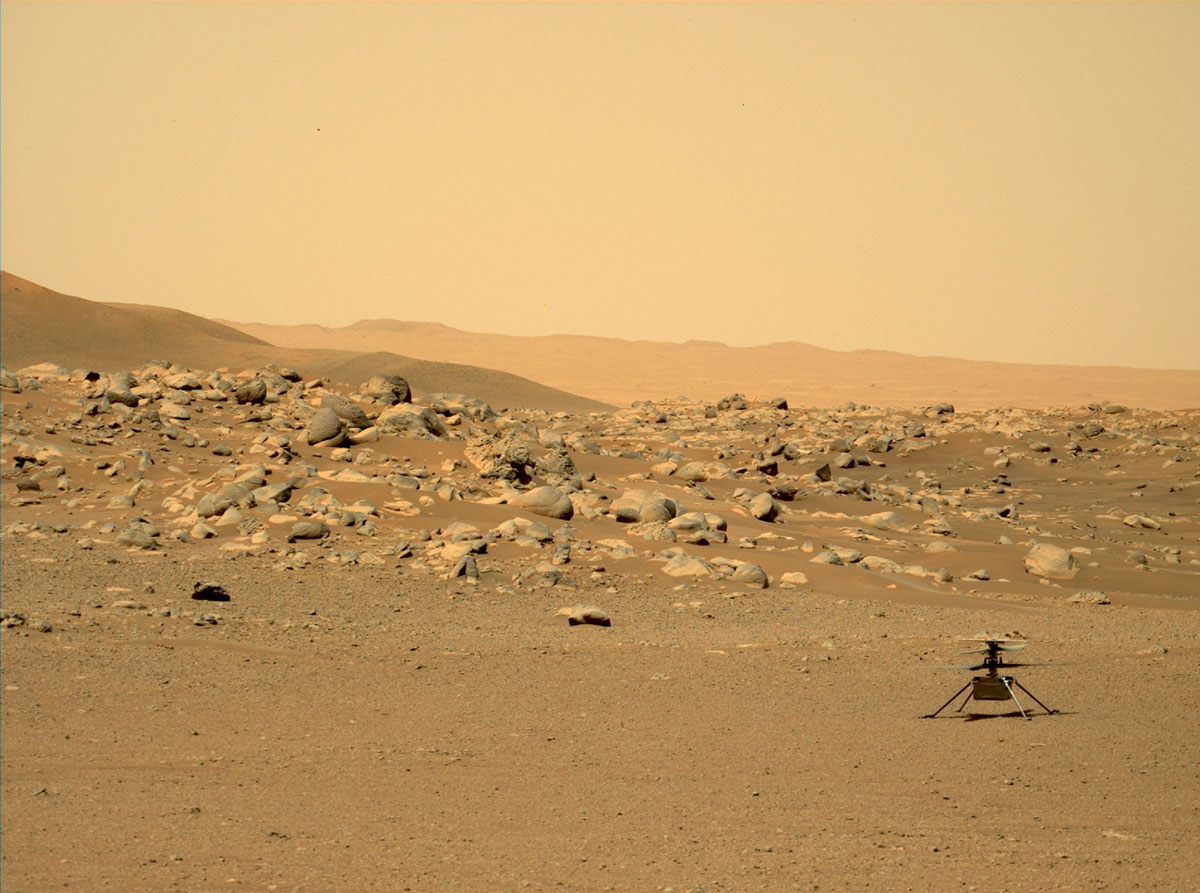
To solve the problem, mission specialists will upload a special patch to Ingenuity, which will allow using data from other sensors as a replacement for the inclinometer. After conducting tests that confirm that the update is working as expected, as well as improving weather conditions, Ingenuity will have to make a new flight.
Micrometeorite hit the James Webb mirror
In the period from May 23 to May 25, a micrometeorite hit one of the segments of the James Webb mirror (JWST). Events of this kind were foreseen during the construction and testing of the telescope, and during operation it has already experienced four hits of dust particles.
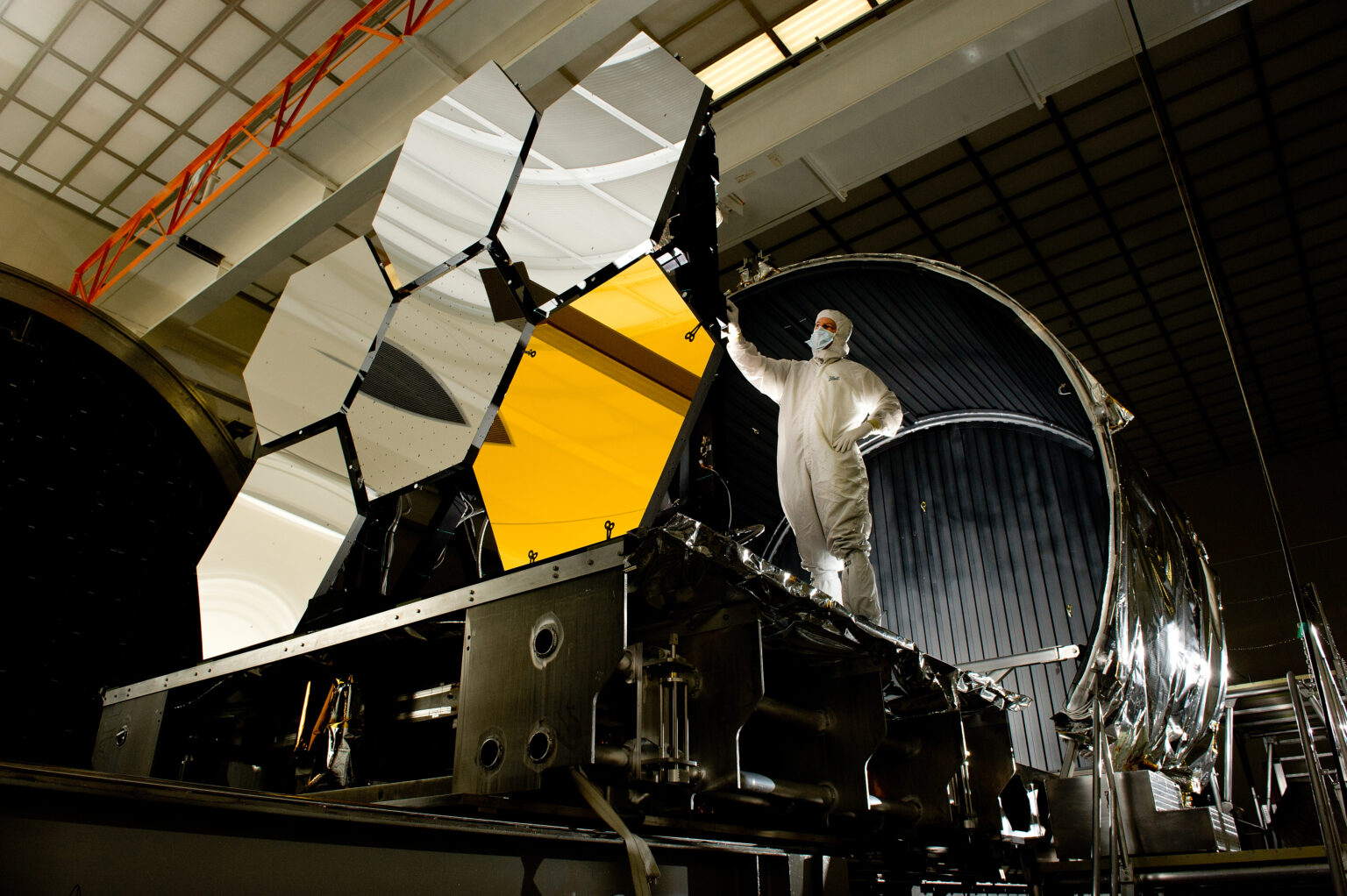
However, the micrometeorite that hit JWST turned out to be noticeably larger than the average particle. It caused damage that can be traced in the data collected by the telescopes. At the same time, despite the impact, JWST still conducts observations at a level exceeding all technical requirements for the mission. Therefore, NASA does not expect that the hit will have a noticeable impact on the results of the telescope.
Read also: Starlink IPO Prospects, GPS Alternative and Virtual Universe: News digest
Follow us on Twitter to get the most interesting space news in time
https://twitter.com/ust_magazine
